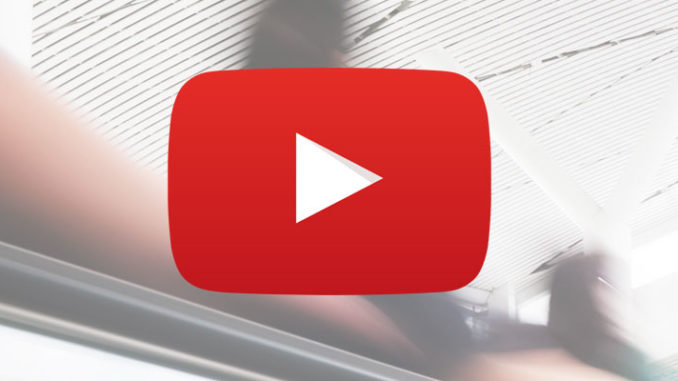
In part three of our Teachers for Teachers series, Spain-based author, George Chilton, explains how 4 expert teachers use video inside and outside the classroom.
Gone are the days when teachers would simply use videos to placate restless children during “wet play time” at school, or show low-budget programmes made by an education authority.
With the advent of YouTube, Netflix and other online streaming services, video has come a long way. It can be used both inside and outside the classroom to engage, teach and challenge your ESL students.
I spoke to 4 teachers to find out what they thought about using video in the ELT classroom and what television shows they recommend that your students watch.
Marek Kiczkowiak
As teachers it’s certainly good practice to exposure your classes to as many English accents, registers and dialects as possible. Marek Kiczkowiak is the founder of TEFL Equity Advocates, and he tells me that video is a great way of introducing students to authentic English, especially that spoken by non-native English speakers.
“Use videos of ‘non-native speakers’. This is more realistic as there are plenty more ‘non-natives’ out there. It can be highly motivating for a student to see a proficient ‘non-native speaker’ of the same L1 (I can achieve this too!). It also helps students attune their ears to the myriad of accents they’ll hear outside the class.”
Phil Wade
Understandably, many teachers have a bit of anxiety when it comes to technology in the classroom. Some schools have weak wifi networks, or their computers aren’t really up to scratch. Teacher and ELT author Phil Wade’s advice on this point is clear:
“Always make sure your tech works, you have downloaded the video and your device is offline. Otherwise, you’ll get notifications and streaming could be an issue. You must also always make sure it is legal to show your video.”
Stepping outside of the classroom, setting videos for homework, or even encouraging your students to watch English-language series on television can be very rewarding. Your students will get an “English workout”, while hopefully being entertained at the same time.
It’s important, however, to remember to give them guidelines. Students might feel overwhelmed if they have to watch a full-length movie without subtitles, for example, or a drama with a strong regional dialect or accent.
So what are some good recommendations of series to watch for your students?
Laura Hesse
Barcelona-based teacher Laura Hesse responds:
“Good question! Broadchurch on Netflix is great for exposure to a British accent. Some say a show called “Librarian” is popular with students too. Some watch Friends on Netflix.”
Jamie Keddie
Teacher trainer and author Jamie Keddie says:
“Wow! There are just so many of them to choose from. Whichever ones they choose, I think it’s a good idea to make use of subtitles for acquiring new language, as opposed to assuming that TV shows should be used to develop listening.”
A few useful video resources for ESL classroom
TeacherTube is a well established online resource designed for safe browsing. Your teenaged and young learner students are safe to search without coming across any inappropropriate material and there is plenty of scope for developing some fun classes too!
EFL Classroom has a good video resource bank, sharing instructional content and authentic videos alike. It’s worth exploring to find supporting material for your students to review as well as content to base classes around.
TED is a wonderful resource for ESL teachers. If you haven’t already explored it, there are many thousands of interesting talks by experts on a huge range of topics. Even better, TED Ed is specifically designed for educators to use the content and build targeted and engaging lesson plans.
Ed Tube is a video resource site dedicated to sharing educational content. Like TED, it is not specifically aimed at ESL students, but it certainly has a lot of inspiration for students and teachers.
A final word
Video can be used as a stimulus to conversation and debate, as a storytelling method or a comprehension test. It can be used as part of a CLIL syllabus, as a description exercise, or even a vocabulary building device. When it comes to using it in your own English classes, you are really only limited by your imagination.


Leave a Reply